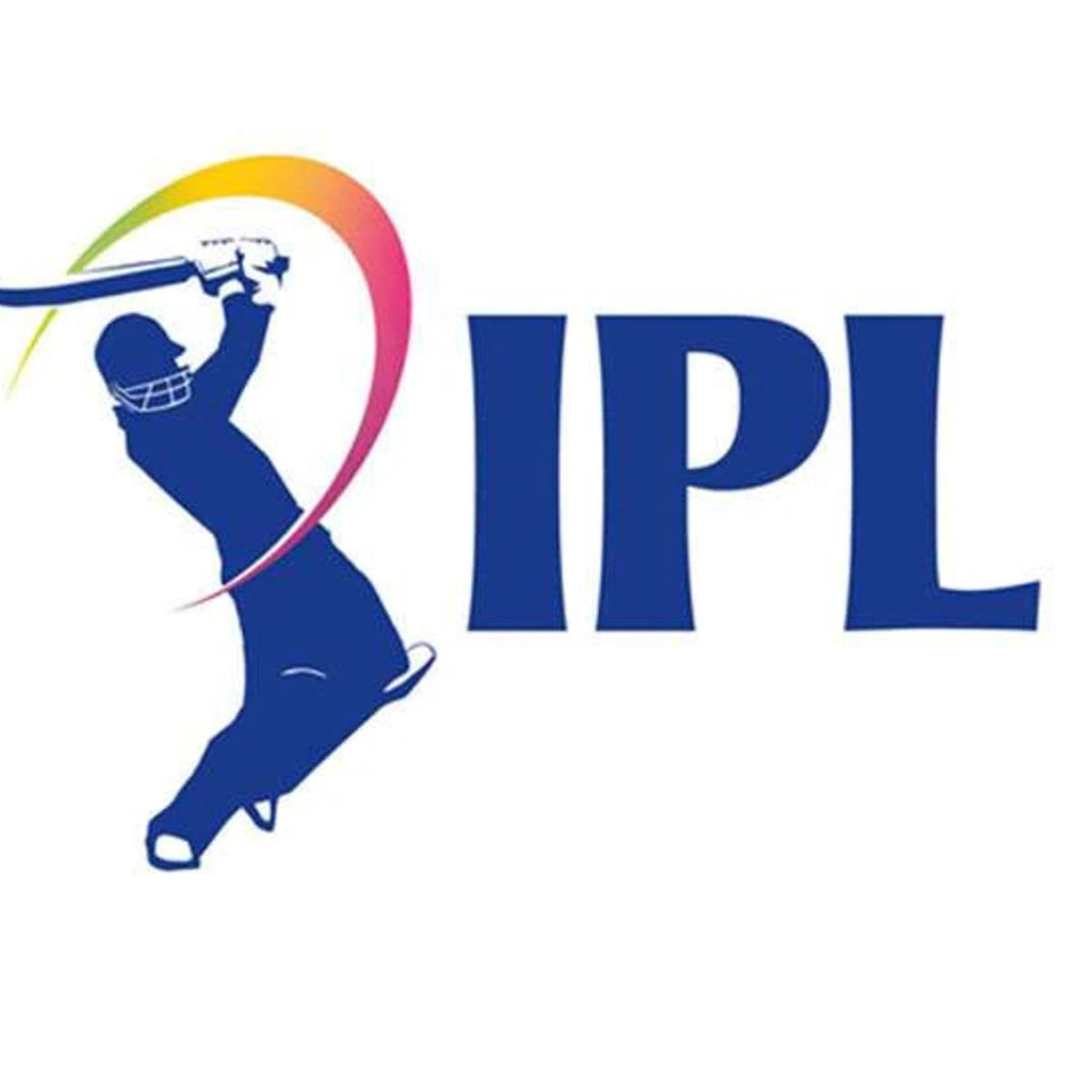India’s professional Twenty20 cricket league, is called the Indian Premier League (IPL). It is renowned for its fast-paced and exciting structure and is one of the most lucrative, and well-liked cricket competitions worldwide. The Board of Control for Cricket in India (BCCI) founded the IPL in 2008, and it has since grown into an annual cricket spectacular that, and draws elite international players and a sizable global viewership.
Franchise Structure:
The IPL is built on a franchise system, meaning that teams are either privately held or owned by corporations. These teams participate in an auction to bid on players, which fosters a competitive and lively atmosphere.
Groups:
Eight teams, and each representing a different city or region, and compete in the current Indian Premier League. The Mumbai Indians, and Chennai Super Kings, and Royal Challengers Bangalore, and Kolkata Knight Riders are a few of the noteworthy teams.
Participant Auction:
Teams compete for players from all around the world at a player auction that takes place ,before to each season. Each year, franchises are able to add new players to the league by reshaping their squads, according to the auction system.
Format:
The IPL follows a Twenty20 format, with each team playing a round-robin group stage followed by knockout rounds leading to the final. Matches are typically held in the evening to maximize viewership.
International Player Participation:
The IPL attracts top international players from various cricketing nations. This includes current and former international stars, and making the league highly competitive and featuring a high standard of cricket.
Entertainment and Fan Engagement:
In addition The IPL is not just about cricket; it’s also a major entertainment spectacle. Matches are known for their vibrant atmosphere, with cheerleaders, music, and various forms of entertainment during breaks.
Global Audience:
The IPL has a massive global viewership, reaching cricket fans worldwide. The league has contributed significantly to the globalization of cricket, and has helped increase the sport’s popularity in non-traditional cricketing nations.
Economic Impact:
The IPL is one of the wealthiest cricket leagues globally, generating substantial revenue through sponsorships, broadcasting rights, ticket sales, and merchandise. It has become a financial powerhouse, attracting investments from various sectors.
Seasonal Event:
The IPL is held annually, usually during the Indian summer, and has become a major sporting event on the international calendar. The short duration of the tournament (about two months) adds to its intensity, and excitement.
Innovation and Technology:
The IPL has been at the forefront of introducing innovations in cricket, including the Decision Review System (DRS), strategic timeouts, and the use of technology to enhance the viewing experience.
The way that cricket is played, watched, and marketed in the modern era has changed significantly as a result of the Indian Premier League. It has given aspiring players a stage on which to display their abilities, and developed into a venue for the greatest T20 cricket in the globe.









